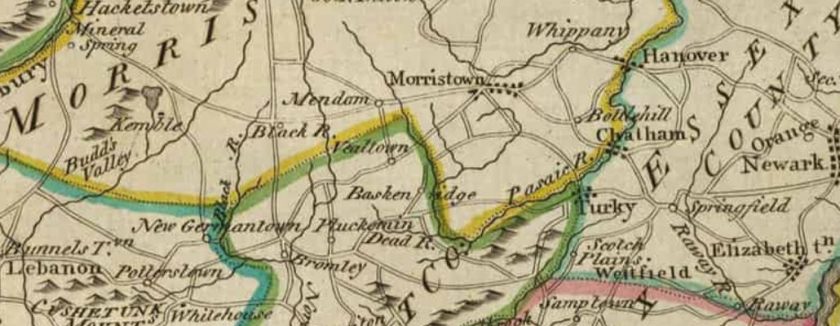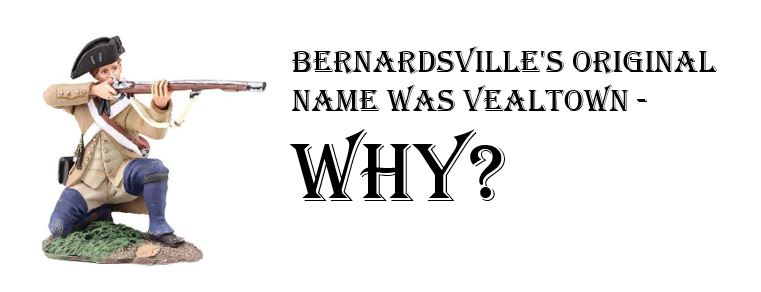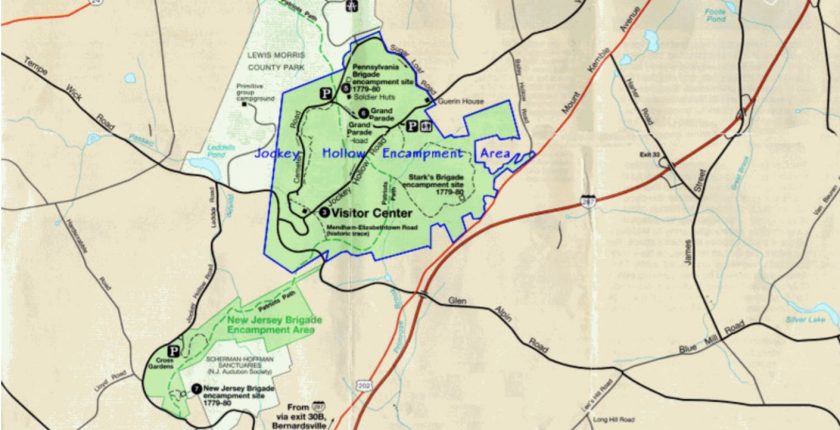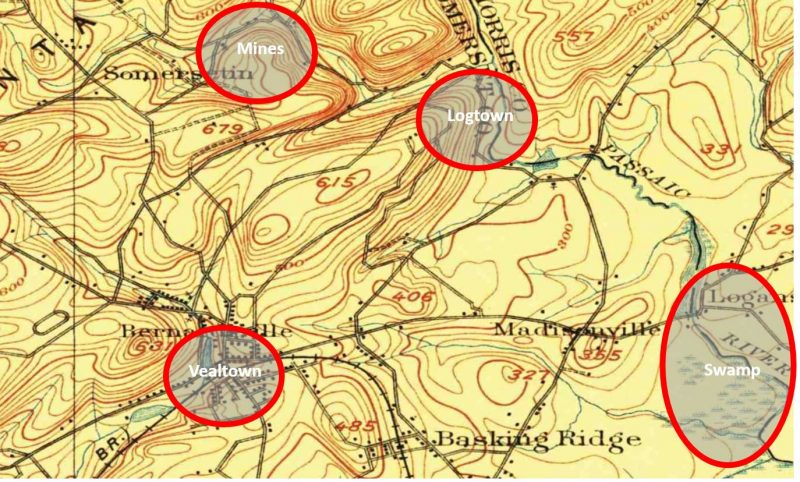It’s an age-old question, and the internet didn’t know the answer. So the Mr. Local History Project went digging. Why was Bernardsville once called Vealtown? Our research began with a post on social media, because, yes, there are many intelligent people out there. Next, we began exploring our vast archive of data, maps, stories, articles, and reference materials, knowing we’d encountered the term “Veal Town” before. Maps are always a great place to start. But why “VEAL”? What is veal anyway?
First – What is Veal?
Veal is the meat of calves, in contrast to the beef from older cattle. Veal can be produced from a calf of either sex or any breed; however, most veal comes from young males of dairy breeds that are not used for breeding.
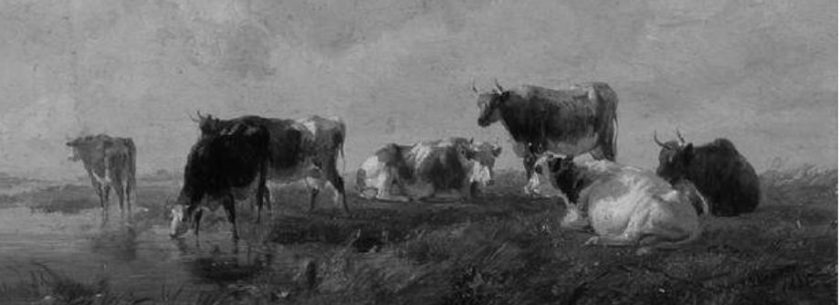
Generally, veal is more expensive than beef from older cattle. Veal production is a way to add value to dairy bull calves and utilize whey solids, a byproduct from cheese manufacturing. So, you’d assume the northern area of Bernards Township was where calves were put to slaughter if you believe this is the source of the name Veal Town.
Evidence
Vealtown is said to have been settled in 1736. Vealtown and Baskenridge became two of the four main sections of Bernards Township, which gained its name after a Charter was issued to Sir Francis Bernard, the then Royal Governor of New Jersey, from King George II of England in 1760.
Baskingridge, Liberty Corner, Logtown and Vealtown, are villages of Bernards Township. Population in 1830, 2062. In 1832, Bernards Township contained about 400 taxables, 68 householders, whose ratable estate did not exceed 30 dollars, 34 single men, 5 stores, 8 saw mills, 3 grist -mills, 1 fulling mill, 5 distilleries, 461 horses and mules, and 1105 neat cattle 3 years old and upwards, and paid state tax, $306 70; county tax, $695. Vealtown was on the Mine Brook, Bernards Township, Somerset Co., 11 miles N. of Somerville; contained a mill and some half dozen dwellings. The area has a reputation of the farmers of this district, much less for their beef, and especially for their veal.
A GAZETTEER OF THE STATE OF NEW JERSEY -1834
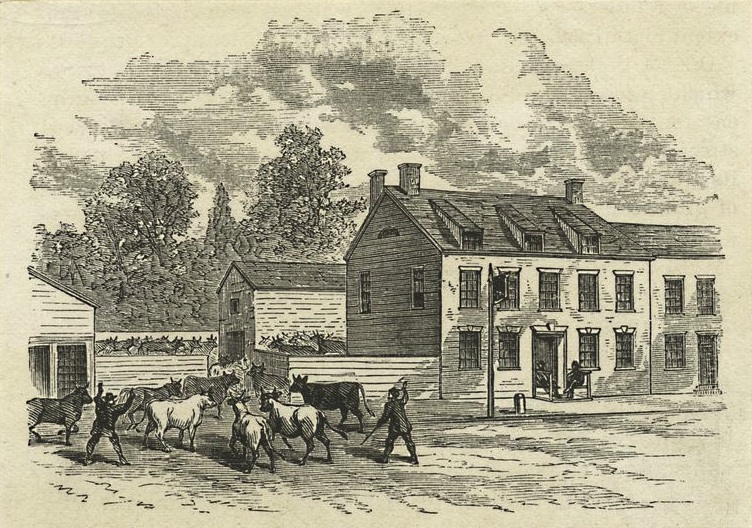
Vealtown During the Revolutionary War
The most famous event that showcased Vealtown’s recognition happened on December 12, 1776, the night before General Charles Lee left his soldiers at “Vealtown’s” Parker Tavern and took a ride over to Basking Ridge’s “Widow White’s Tavern.” The following day, the colonies changed forever.
On the 13th of December the main body of Lee’s troops were at Vealtown, (now Bernardsville,) but Lee himself lodged at Mrs. White’s tavern at Baskingridge, two miles distant, having with him only a guard of a few men for his protection. We quote from Wilkinson’s Memoirs.- “Gen. Lee wasted the morning in altercations, with certain militia corps who were of his command, particularly the Connecticut light horse ; one wanted forage, one his horse shod, one his pay and a fourth his provisions, to which the General replied. Your wants are numerous, but you have not mentioned the last ; you want to go home and shall be indulged, for you are no good here. Several of them appeared in large full perukes (wigs) and were treated very irreverently.
Rev War notation
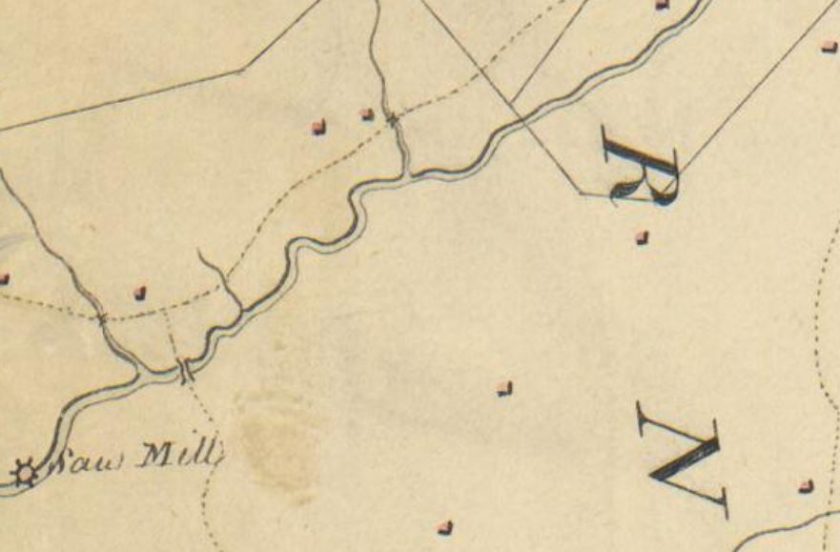
1779 – Jockey Hollow – this area was where jockeys tested their racing horses! In 1779-1780, over 16,000 troops constructed more than 200 log cabins on 1,200 acres. When the men were at Jockey Hollow, the nearest tavern (for news, a warm bed, good food, and drink) was the Vealtown Tavern, also known as John Parker’s Tavern, and now located in the former Bernardsville Library building in Bernardsville. The colonial troops cut a footpath through the mountains. That is why the road is called Old Army Road in Bernardsville and Bernards Township! Source: Library of Congress
The 1700’s Vealtown slaughterhouse was most likely where the M.J Neill business is today on Depot Place in Bernardsville (2020). Cattle was often driven from Mendham to the west, to Perth Amboy, and were supposedly stopped in Vealtown for watering. According to David A. Neill, his building dates back to around 1870 and was originally an ice plant and later property of Standard Oil in the early/mid 1900s.
Mr. Local History & Bernardsville News
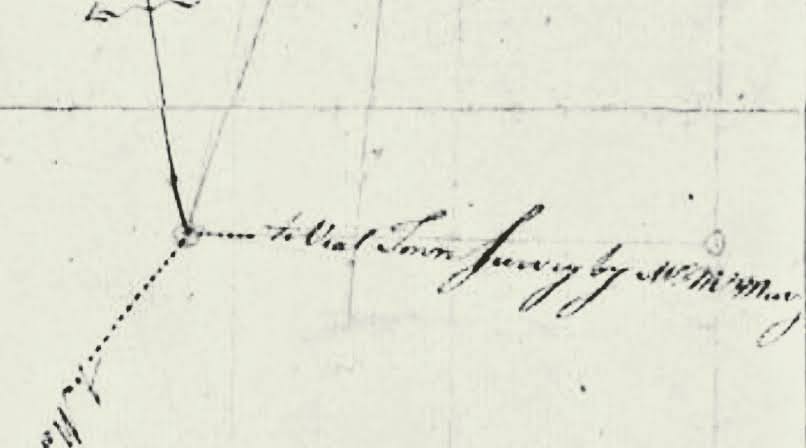

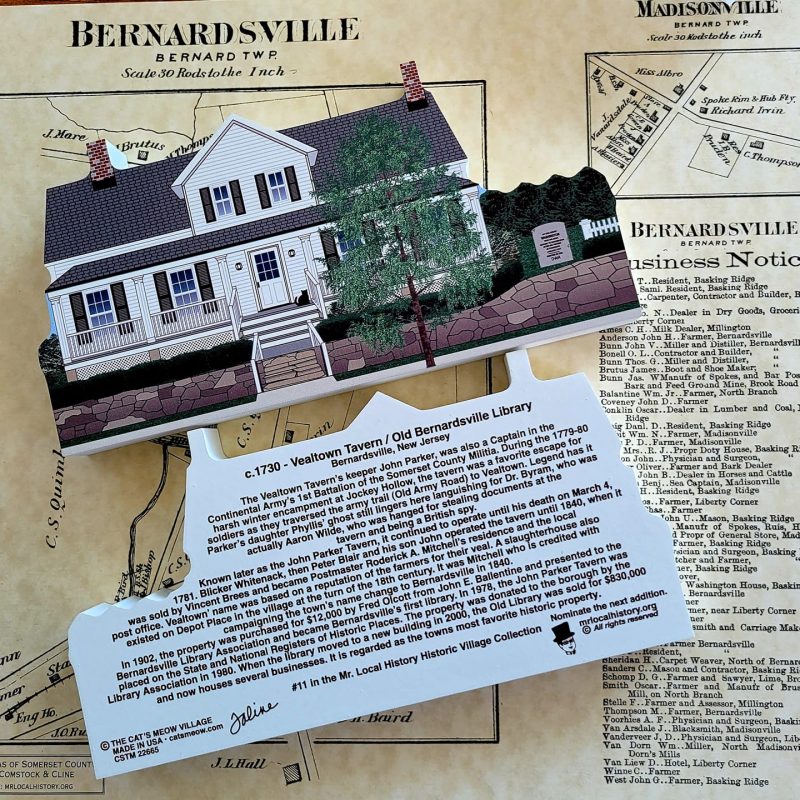
Vealtown was renamed its present name at the suggestion of Roderick A. Mitchell, who settled in the area in 1840. Lord Stirling and Capt. John Parker was the original proprietor of the soil in this vicinity, forty acres of which were bought by Judge Woods, of Morristown, about 1778. Considerable of this tract was subsequently purchased by Dr. John Boylan, an old and distinguished physician, who practiced there for many years during the early half of the present century.
History of Hunterdon and Somerset Counties, New Jersey, 1881- with illustrations and biographical sketches of its prominent men and pioneers” – pages 749-750.
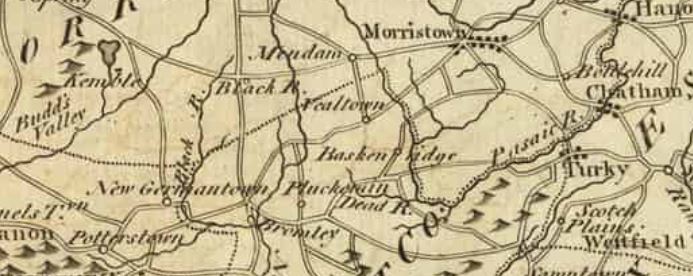
Tradition says that when Washington’s army was at Morristown a disagreement arose about the pay of some of the Virginia soldiers, and in consequence a portion of them started for Virginia, and came as far as ” Vealtown.” An officer was sent after them, and in the old tavern kept by Capt. Parker they signed an agreement to continue in the service. The old tavern is still standing, and is the Mitchell homestead, purchased by Roderick A. Mitchell in 1840. Thirty- three years before, Mr. Mitchell had been taken to the house, a child of seven years, by his mother, who was passing through the place and was detained overnight by an accident to her carriage. The old tavern was then kept by one Whitenack. Mr. Mitchell is now seventy-four years of age ; was a seafaring man in early life, and a sailor on board the ship ” Cadmus,” Capt. Howard, which brought La Fayette to America in 1824.
History of Hunterdon and Somerset counties, New Jersey, with illustrations and biographical sketches of its prominent men and pioneers”
The Vails, Vailstown, or Veals, Veal Town?
Could Vealtown have been Vails Town after the Vail Family? There is a rumor, but we can’t imagine that error carrying forward for so long without more reference. How about a Veal family? We can find no records or burials. So we think we’ve hit a dead end here, but we’ll keep digging. We hope the public digs in as well. This is a community answer that we all need.
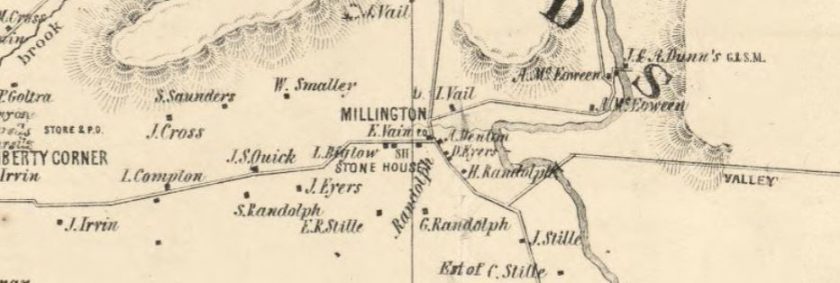
Then we were sent this reference to a Continental War soldier, Sergeant Noah Veal, mentioned in nearby Rockaway.
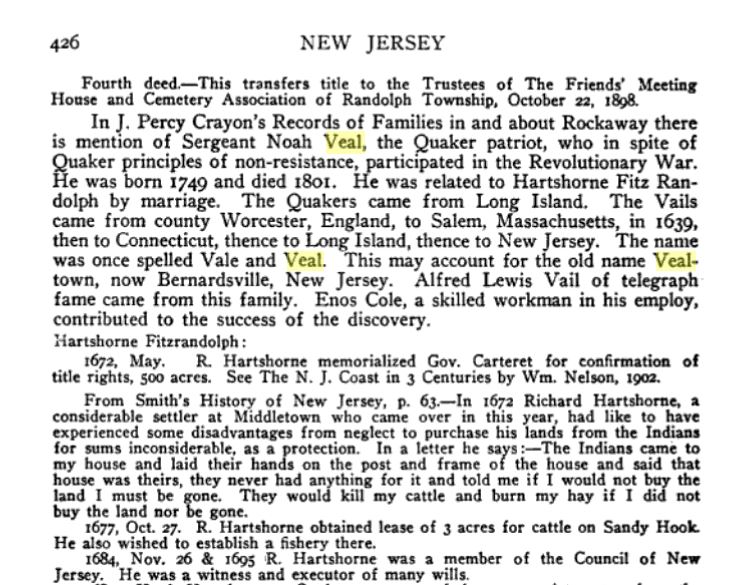
In 1840, Vealtown became Bernardsville, named after Sir Francis Bernard, the Colonial governor of New Jersey from 1758 to 1760. Bernardsville was incorporated as a borough by an act of the New Jersey Legislature on March 6, 1924, from portions of Bernards Township, based on the results of a referendum held on April 29, 1924. As they say….the rest is history.


Mr. Local History Conclusion
We’re going with Vealtown, named after a slaughterhouse in the town.
As digitization continues, we continue to learn more about our past. Can you prove us wrong?
Now that you know the story behind Vealtown, do you see how the town was named Bernardsville? In 1840, under the pressure of local resident and postmaster Roderick A. Mitchell, who owned and lived in the old Bernardsville library and disliked the name Vealtown, he campaigned successfully to have it changed to Bernardsville, named after Sir Francis Bernard, the Provincial Governor of New Jersey from 1758-1760.
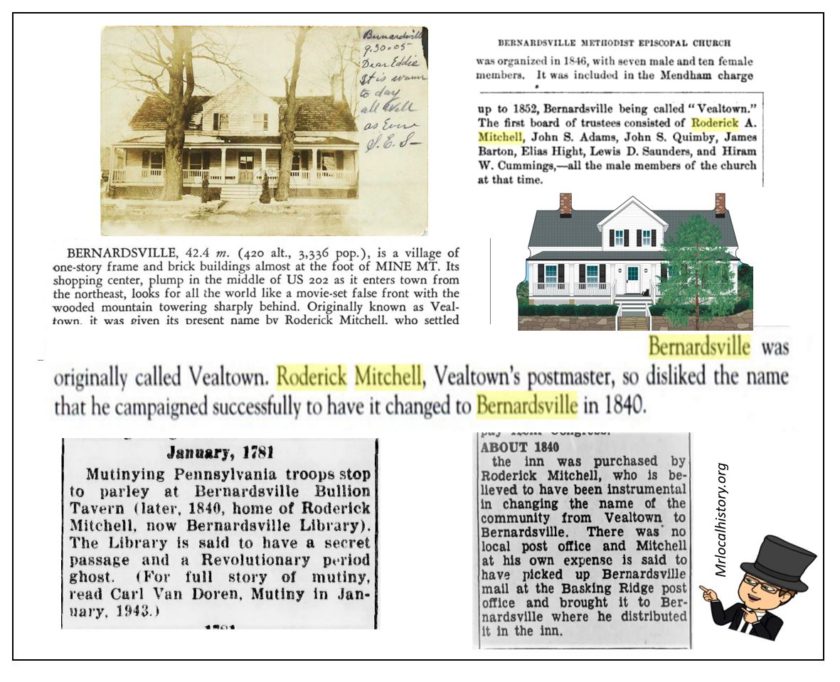
Reference
